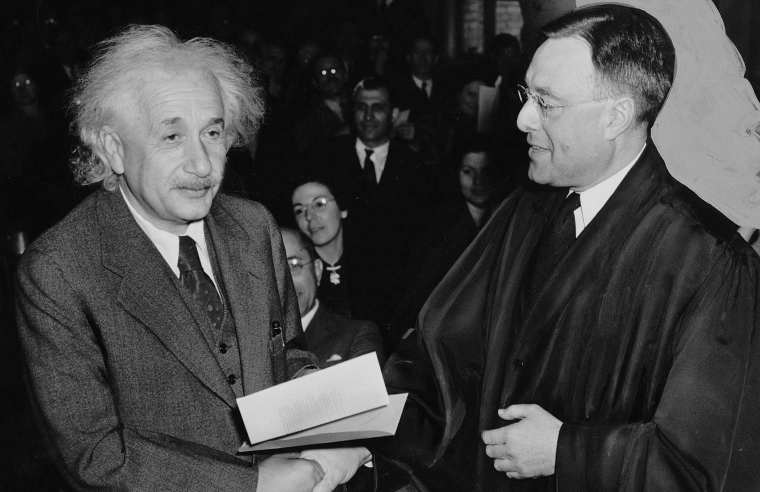University of Seville professor José María Martín-Olalla has published a new solution to a 120-year-old problem regarding matter states at absolute zero that disproves a previous solution offered by famed scientist Albert Einstein.
The controversy originally arose in 1905 when Walther Nernst proposed a new approach to the properties of matter as entropy causes them to approach absolute zero (minus 273 degrees Celsius). Dubbed Nerst’s theorem, the concept argued that absolute zero must be inaccessible, or one could theoretically construct an engine that uses absolute zero as a coolant to convert all heat energy into work. This idea goes directly against the accepted thermodynamic idea of entropy increase.
After Nerst proposed his conceptual engine, Einstein responded, noting that the theoretical engine could not be built and therefore did not constitute a real violation of the second law of thermodynamics. By offering this rebuttal, Olalla says Einstein essentially “detached” Nerst from the second law altogether.
In a statement announcing his new approach, Olalla points to a fundamental flaw with the entire discussion. Specifically, he states that a core problem with thermodynamics is that people tend to think of temperature in terms of a “sensation” of hot or cold and not “the abstract concept of temperature as a physical quantity.”
“In the discussion between Nernst and Einstein, temperature was merely an empirical parameter: the absolute zero condition was represented by the condition that the pressure or volume of a gas became close to zero,” Olalla explained.
Instead, Olalla notes that the second law of thermodynamics offers scientists a “more concrete idea of the natural zero temperature.”
“The idea is not related to any sensation, but to that engine imagined by Nernst, but which has to be virtual,” the professor explains. “This radically changes the approach to the proof of the theorem”.
With this in mind, Olalla’s new Proof of the Nerst Theorem, published in the European Physical Journal Plus, highlights the two “nuances” left out by both Nerst and Einstein, which he says support the former and prove the latter wrong.
First, he says that the “formalism” of thermodynamics essentially requires the existence of Nerst’s theoretical engine. However, the described machine must also be virtual, does not consume any heat, does not produce any work, and does not question the second principle. Olalla says the “concatenation” of these two nuances “allows us to conclude that entropy exchanges tend to zero when the temperature tends to zero (which is Nernst’s theorem) and that absolute zero is inaccessible.”
Because the newly proposed solution, which says Nerst was correct and Einstein was wrong, employs an unconventional approach, it is still not generally accepted. Fortunately, Olalla says that publishing this article laying out his own solution is a “first step” toward his concept gaining wider support.
“The students on the thermodynamics course I teach were the first to learn about this demonstration. I hope that with this publication the demonstration will become better known, but I know that the academic world has a great deal of inertia.”
Christopher Plain is a Science Fiction and Fantasy novelist and Head Science Writer at The Debrief. Follow and connect with him on X, learn about his books at plainfiction.com, or email him directly at christopher@thedebrief.org.

